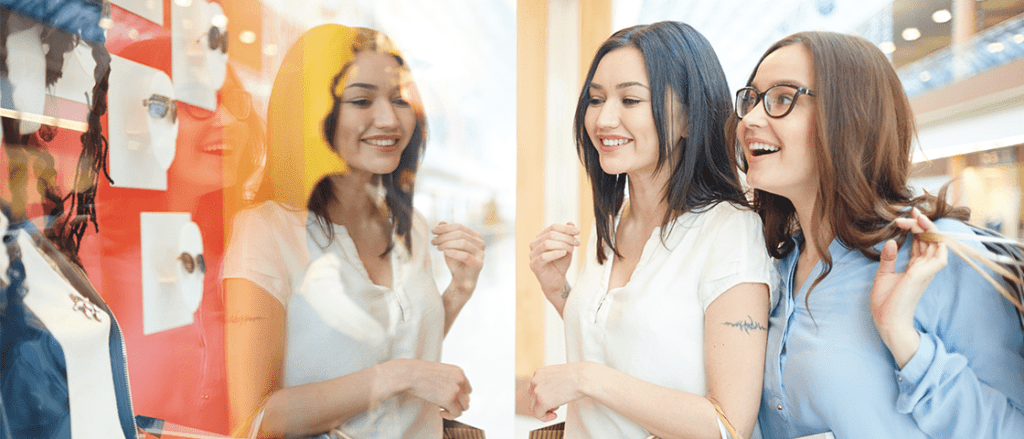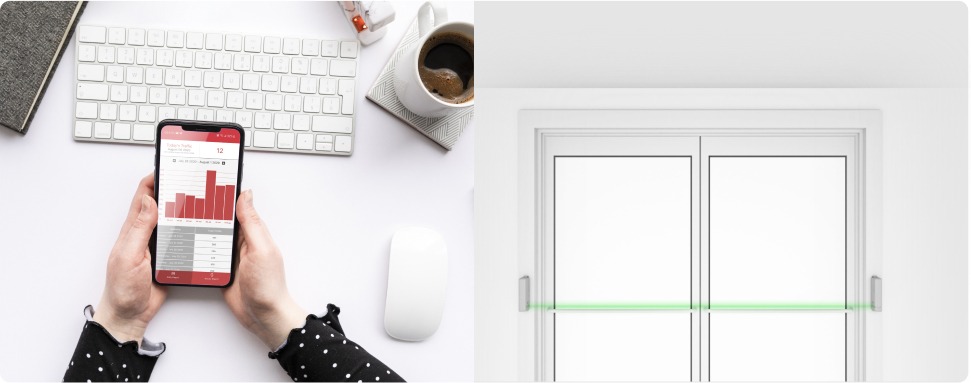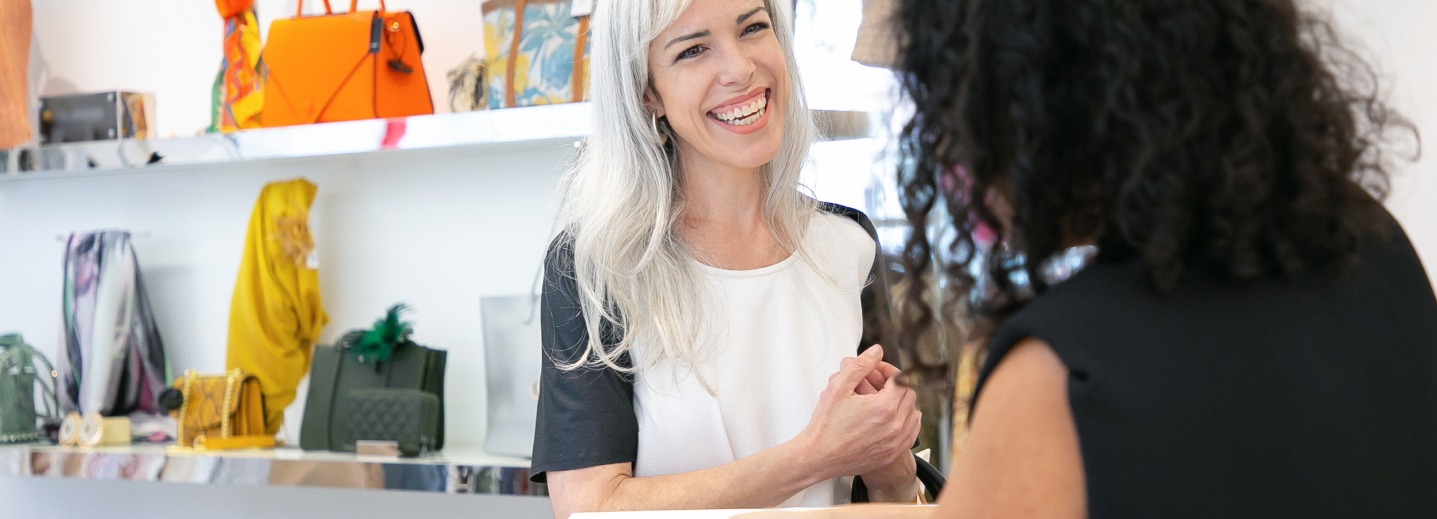Consumer psychology is a major part of retail for store managers and planners. Psychology of the consumer really comes to play at store set up stage when deciding on a layout to maximize on the opportunity to sway consumer purchases in order for them to spend more dollars. Retail managers and experts will have developed this knowledge from studies including focus groups and surveys and of course from previous experience of what has worked in previous layouts and what has not.
Consumer Psychology in Grocery
Grocery stores layouts are deliberately planned out. It’s not just the layout that is fully planned, it’s also the displays, the colors, the music and lots more. In the world of the large grocery store, manipulation of customer behaviour (using established retail tricks of the trade) is the norm. Here a just a couple of examples of how this manifests itself in a grocery store setting:
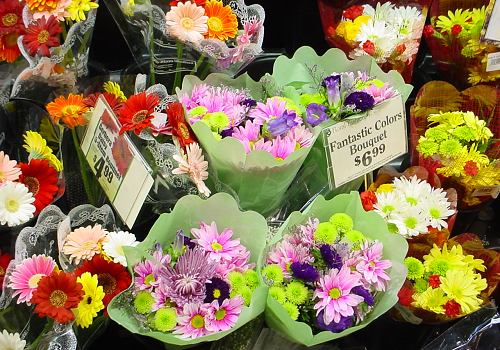
● Flowers displayed at the store entrance. This not only makes a welcoming entrance to the store for the customer but it enforces a powerful first note in the store’s impression to the customer. Being met with a nicely laid out offering of plants and flowers will instantly brighten up the store’s space and draw the customer’s eye, thus encouraging them to also purchase the pretty flowers.
Things to Remember: Yes a beautifully presented floral area will set a great entrance theme for the customer but it’s important that someone is responsible for the upkeep of this area. It will be off putting if for example, flowers are not watered and catered for and appear withered and unkempt. Therefore, once the area is committed to, it needs to be maintained and cultivated well… and restocked of course!
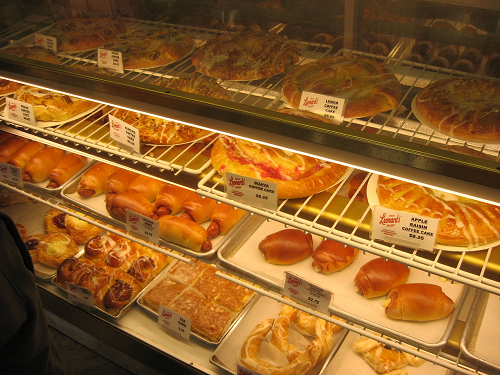
● If your store has an in-house bakery that should be located also near the store entrance as the smell of baking is something that most consumers adore. It is a sensory experience and not only could it encourage them to spend more in the actual (high margin) baking section, it also has the ability to make consumers happier thus possibly willing to spend more!
Things to Remember: Ensure that bakery ancillary items such as tongs and bags (for putting the baked goods into on a self service basis) are readily in sight for customers and that the area is kept clean and that goods are nicely presented. Consistency of baking is important also i.e. consumers expect certain baked goods to “look” a certain way. For example, a croissant that has a less than golden color could serve to annoy a customer (and thus prevent a sale of that item).
Consumer Psychology in Clothing Stores
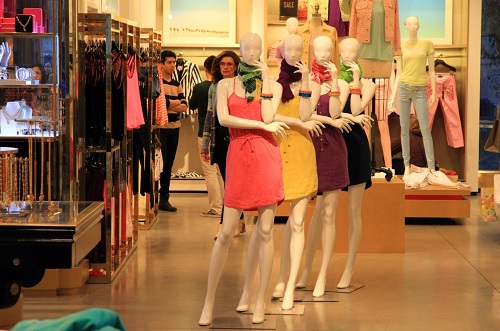
As a small boutique, you might not have the same budget for consumer research that the likes of multi-national retailers like Hollister or H&M have but that’s not to say that you can’t pick up on some of their tips and techniques. As a store owner, however small, there are ways to “manipulate” those customers that come in your door to encourage them to make a purchase. Ask yourself the following questions to begin with and you will gain some focus about what direction you need to go in:
1. What does your store currently smell like? Is it pleasant?
At the very least, you do not want your store to smell badly. To get a clear indication, get some coffee beans and sniff them to neutralize your sense of smell. Go outside and enter your store with a clear attitude and really take in the smell you experience when you enter the space. Take notes. Don’t forget to also do this test in areas such as the fitting/changing rooms. A poorly ventilated changing room with some customer spillages added in (e.g. milk from a baby’s bottle) can really impact on the odour and be off putting to customers and in turn sales.
2. Does your product or marketing imagery match your customer targets?
You know your customers better than anyone else. What is the demographic that buys the most from you? Does your instore branding and signage match their expectations? For example, if your clothes are aimed towards plus sized ladies aged over 30 or so, do you have posters portraying models whose figures in no way align with your target market of plus size women? This also applies for work you do on your social media profiles. Create posts that your demographic will empathize with or content that appeals to their needs and wants.
3. In terms of music, what do you play in the background? Are you targeting a more youthful or mature customer segment and how does that reflect in your playlist? Are you also mindful of the volume levels?
Silence can be unnerving in a retail setting but equally, overly loud music can be off putting and encourage customers to leave the store due to its distraction. Therefore in terms of volume levels, you need to find a happy medium. You should be able to converse easily with staff and by observing customers, they should be able to happily converse with one another should they wish. In terms of the music choice, obviously a heavy metal rock playlist isn’t going to sit well with all demographics so do choose well. Inoffensive music i.e. music that doesn’t feature expletives and is generally pleasant will suit most clothing stores but apps like Spotify will have set playlists suitable for something such “peaceful ambience” or an upbeat playlist if it’s a store aimed to teens for example.
Store and shopper psychology might sound like something that should be left to bigger brands but that couldn’t be further from the truth. By considering even finer details like these, you can encourage shoppers to come through your door again and again!


